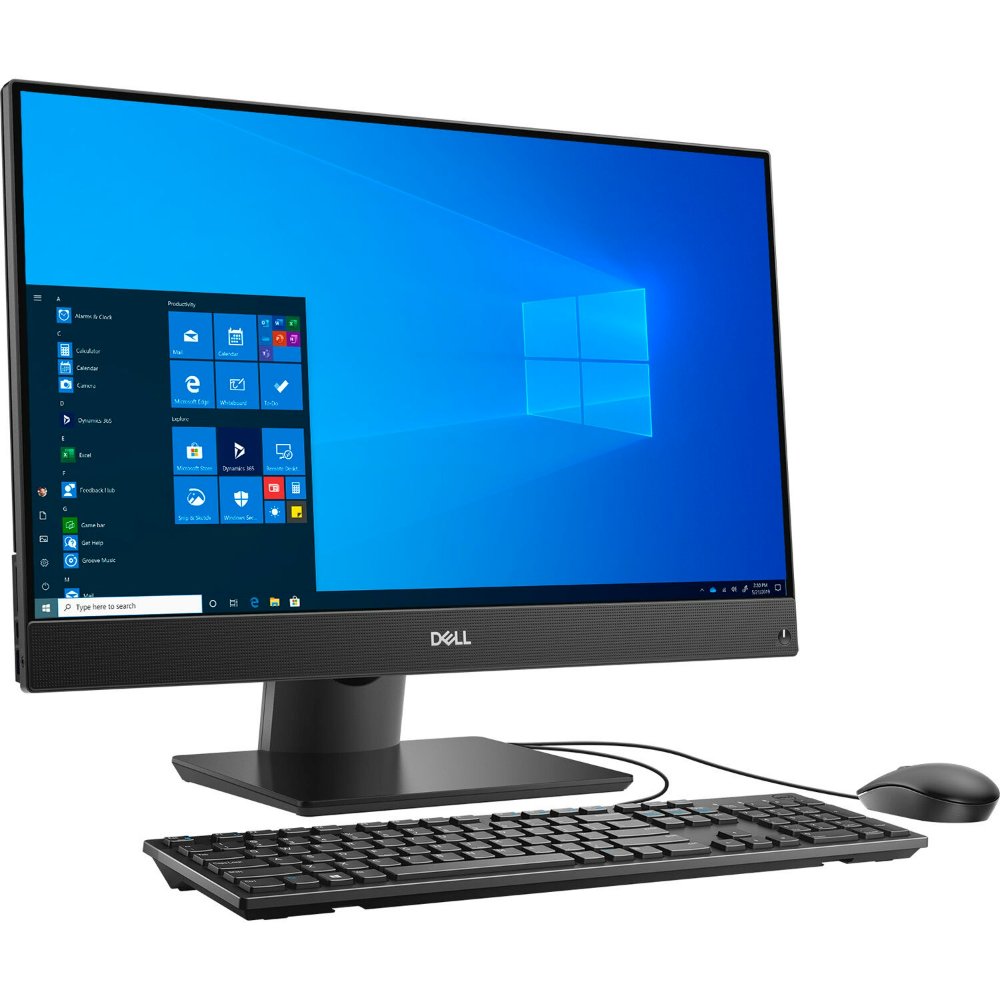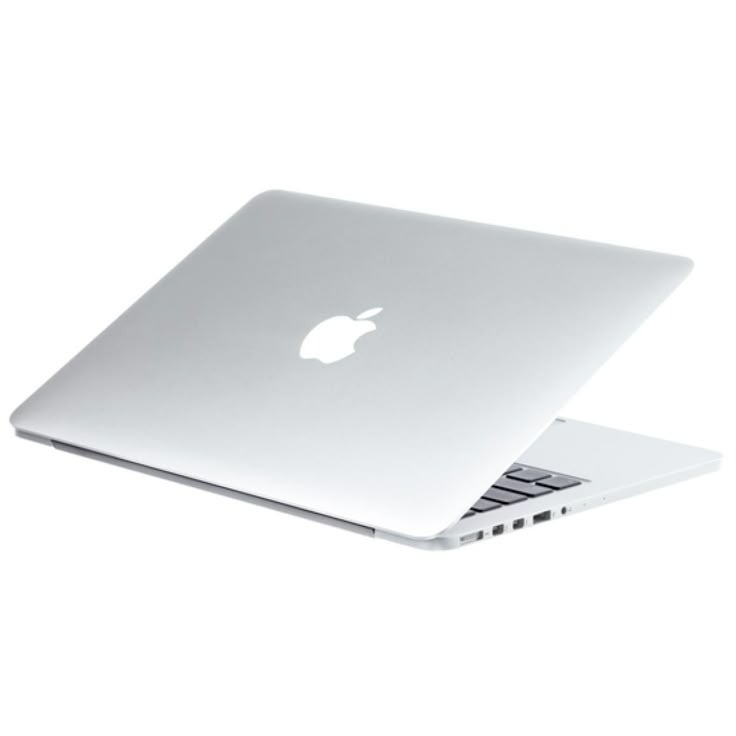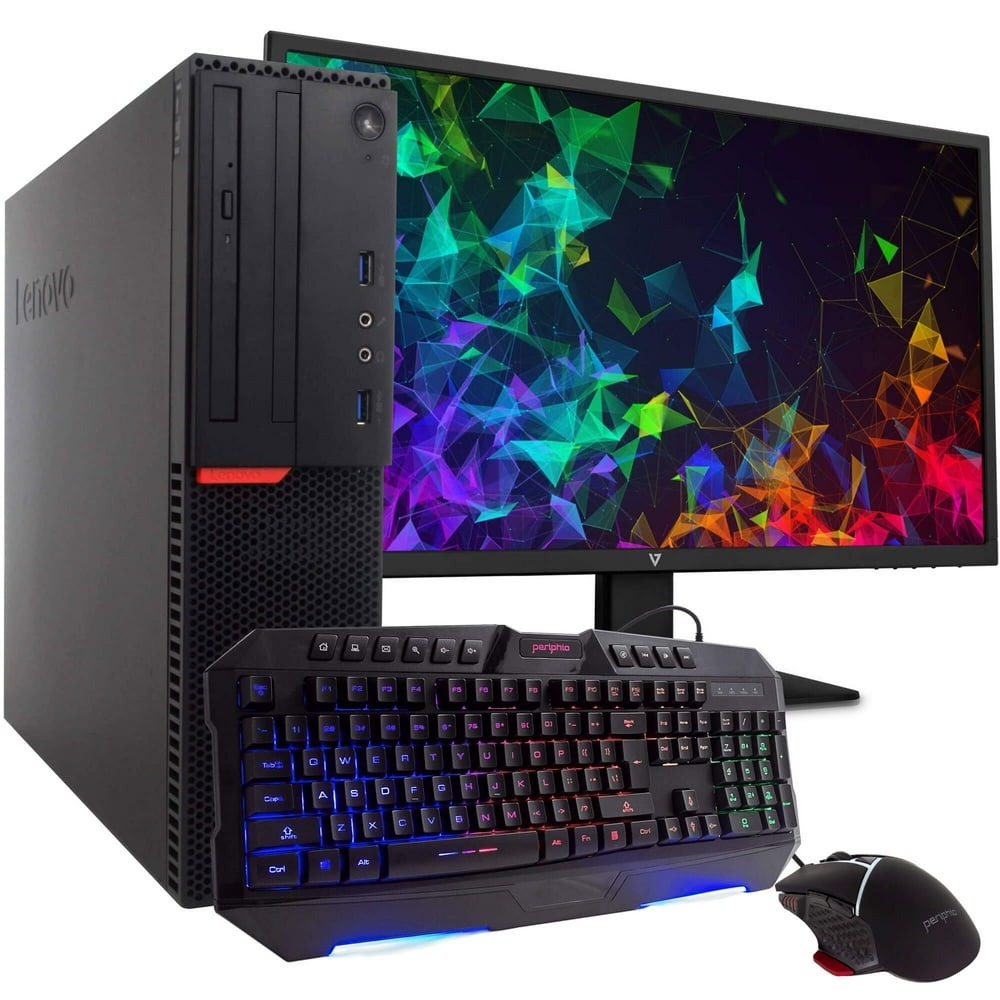Introduction
When it comes to maximizing performance in gaming and creative applications, knowing how to check your graphics card is crucial. The graphics card (GPU) acts as the powerhouse for rendering images, videos, and animations, impacting your gaming experience and creative workflow. Whether you’re a hardcore gamer looking to boost frame rates or a creative professional needing to ensure your software runs smoothly, understanding your GPU’s capabilities is essential. This guide offers a detailed overview of various methods for checking your graphics card, from built-in tools to third-party applications, ensuring you have all the knowledge necessary to assess your graphics hardware efficiently.
Understanding Graphics Card Specifications
Before diving into how to check your graphics card, it’s vital to grasp what specifications matter. Key aspects like GPU model, VRAM (video RAM), clock speed, and driver version affect both gaming and professional performance. The GPU model often indicates the power of your graphics card. For instance, NVIDIA GeForce RTX 3080 will outperform a GTX 1060 significantly, given the former’s advanced architecture and features like ray tracing. Additionally, the amount of VRAM plays a crucial role, especially if you’re running high-resolution textures or multiple monitors. Generally, 4GB VRAM is a baseline for gaming, while content creators engaged in video editing or 3D rendering might need 8GB or more.
Clock speed reflects how fast the GPU can process data, which impacts overall performance, especially in demanding applications. Lastly, always consider your driver version; up-to-date drivers ensure that your GPU performs optimally with the latest games and software updates. Now that you have a basic understanding, let’s explore the various methods to check your graphics card effectively.

Method 1: Using Windows Built-in Tools
Windows operating systems provide integrated tools that allow you to check your graphics card easily. One of the most straightforward methods is using the Device Manager.
To access Device Manager, right-click on the Start menu and select it from the list. Once in Device Manager, expand the “Display adapters” section. Here, you’ll see the name of your graphics card listed. It should be displayed as “NVIDIA GeForce” or “AMD Radeon,” among others. This method provides not only the name of the graphics card but also an opportunity to check for driver updates. Right-click on the graphics card entry and select “Properties.” Under the “Driver” tab, you will find options to update or roll back drivers if needed.
For a deeper dive, you can use the DirectX Diagnostic Tool (DxDiag). To launch it, press Windows + R to open the Run dialog, type “dxdiag,” and hit Enter. This tool provides comprehensive information about your system, including your graphics card specifications. Under the “Display” tab, you’ll find details like the manufacturer, device name, and total memory, along with the chipset type. These insights will guide you in understanding whether your current setup meets the demands of your favorite games or creative applications.
Method 2: Checking Graphics Card Specifications in Task Manager
Another valuable built-in tool in Windows is Task Manager, which offers real-time data on your graphics card usage. This method is particularly useful if you want to monitor performance while running a game or resource-intensive application.
To access Task Manager, right-click on the taskbar and select “Task Manager” or press Ctrl + Shift + Esc. Once open, click on the “Performance” tab. Here, you’ll see a list showing various performance metrics for your CPU, Memory, Disk, and GPU. Select “GPU,” and you’ll see a detailed breakdown of GPU usage, dedicated memory, shared memory, and video engine. The percentage indicators will offer insights into how much of the GPU’s capabilities you’re utilizing.
Gamers can benefit from this feature by monitoring real-time performance during gameplay. If your GPU usage is consistently at or near 100%, your graphics card may be a bottleneck. For creatives, high GPU usage during rendering indicates that your hardware is working to its full potential. By being informed, you can better assess whether it’s time for an upgrade.

Method 3: Using Third-Party Applications
While Windows tools provide a good starting point, third-party applications often offer more features and information. Programs like GPU-Z, MSI Afterburner, and HWMonitor are popular choices among gamers and creators alike.
GPU-Z is a lightweight utility that provides detailed information about your graphics card. After downloading and installing GPU-Z, launch the application. The interface will present essential details such as GPU name, architecture, memory type, and the temperature of the card in real time. This information can help you identify performance issues, particularly when the GPU starts overheating.
MSI Afterburner not only provides monitoring capabilities but also allows for GPU overclocking—an appealing feature for gamers seeking extra performance. The software displays real-time statistics and logging capabilities, enabling you to track your graphics card’s performance over time. You can adjust clock and memory speeds to optimize performance, but do so carefully, as overclocking can void warranties and potentially cause hardware damage if not done correctly.
HWMonitor provides a broader overview, tracking the temperatures and performance of all systems in your PC, including CPU and GPU. This is useful for ensuring that no component operates outside safe temperature ranges, which is crucial during high-load scenarios like intense gaming sessions or demanding rendering tasks.
Method 4: Checking Graphics Card Information on Mac
Mac users have their own set of tools for checking graphics card information, although the methods differ slightly from Windows. Here’s how to check your graphics card on a Mac device.
Navigate to the Apple menu in the upper-left corner of your screen and select “About This Mac.” This will open a window that displays your Mac’s basic information, including the macOS version, processor, and memory. To see more details about your graphics card, click on the “System Report” button. A new window will open, displaying detailed hardware information.
In the left sidebar, expand the “Graphics/Displays” section. This section shows detailed information about your graphics card, including the model, VRAM, and resolution capabilities. Knowing these details helps Mac users optimize applications such as Final Cut Pro, Adobe Premiere Pro, or games to ensure they run smoothly.
Another quick way to check is by using the “Activity Monitor.” This tool gives you insights into the performance of various processes running on your Mac, including how your graphics card operates under load. Launch Activity Monitor from Applications > Utilities, and click on the “Window” menu at the top. Select “GPU History” to visualize how your Mac’s GPU performs in real-time.

Method 5: Using Command Line Tools for Power Users
For users comfortable with command line interfaces, you can retrieve graphics card information effectively using terminal commands. This method requires users to have some familiarity with command line tools but can provide detailed information without the need for third-party software.
On Windows, open Command Prompt by typing “cmd” in the run dialog (Windows + R). Once in Command Prompt, type in the command wmic path win32_VideoController get name and hit Enter. This will list the name(s) of the graphics card installed on your system.
For Linux users, information about the graphics card can be checked using terminal commands. Open the terminal and type lspci | grep -i vga and press Enter. This command will display the graphics card information. If you need extensive details about the GPU, the command glxinfo | grep "OpenGL renderer" will give insights into the OpenGL renderer, which can be helpful for gamers seeking compatibility with graphics-heavy applications.
Upgrading Your Graphics Card: Knowing When It’s Time
Knowing how to check your graphics card serves an additional purpose: determining when it might be time for an upgrade. For gamers and creators, a proficient graphics card makes a world of difference in how games and software operate.
Common signs that your current graphics card may need upgrading include:
- Lower Frame Rates: If you notice a significant drop in frame rates during gameplay, even in less demanding titles, your graphics card might not meet the minimum requirements for those games.
- Inability to Run Applications Smoothly: For creative software like Adobe After Effects or DaVinci Resolve, sudden lag or stuttering can indicate a failing or insufficient GPU.
- High Temperature Readings: Constantly high GPU temperatures can suggest that your graphics card is working overtime, potentially leading to thermal throttling, where the card slows down to cool off.
- Compatibility with New Software: As games and applications evolve, they often require hardware that supports newer technology standards. If your graphics card cannot meet the specifications of the latest releases or creative tools, it’s time to consider an upgrade.
When upgrading, factor in not only the GPU’s power but also compatibility with your motherboard and power supply unit. Always ensure that your new graphics card matches your gaming or creative needs.
Conclusion: Stay Informed and Optimize
Understanding how to check your graphics card is not just an exercise in curiosity; it significantly impacts your gaming and creative experience. By utilizing built-in Windows tools, Mac features, and third-party applications, you can gather valuable information about your graphics card’s specifications, performance metrics, and any potential issues.
By having this knowledge at your fingertips, you can enhance your gaming performance or streamline your creative workflow effectively. Armed with the necessary tools and understanding, evaluate your current setup, troubleshoot problems, and know when it’s time to upgrade. Keeping an eye on your graphic card not only ensures peak performance but enhances your overall computing experience as a gamer or a creator.
Make informed choices today by checking your GPU, and reap the benefits of an optimized setup that meets your demands. Whether it’s jumping into the latest virtual world or rendering stunning graphics, the right graphics card makes all the difference.